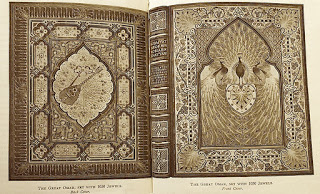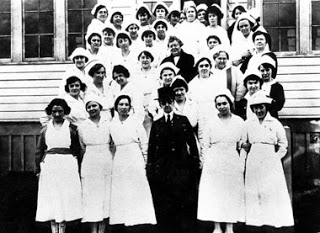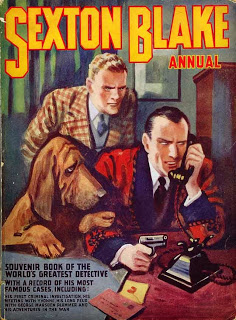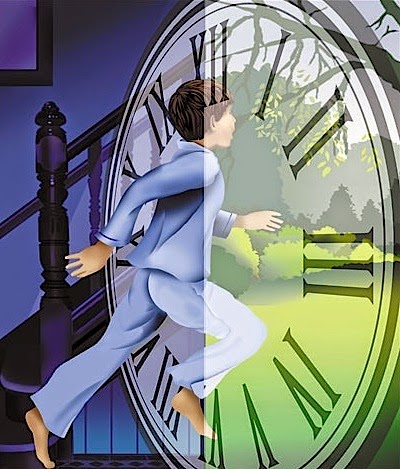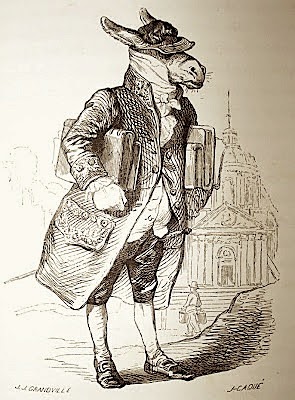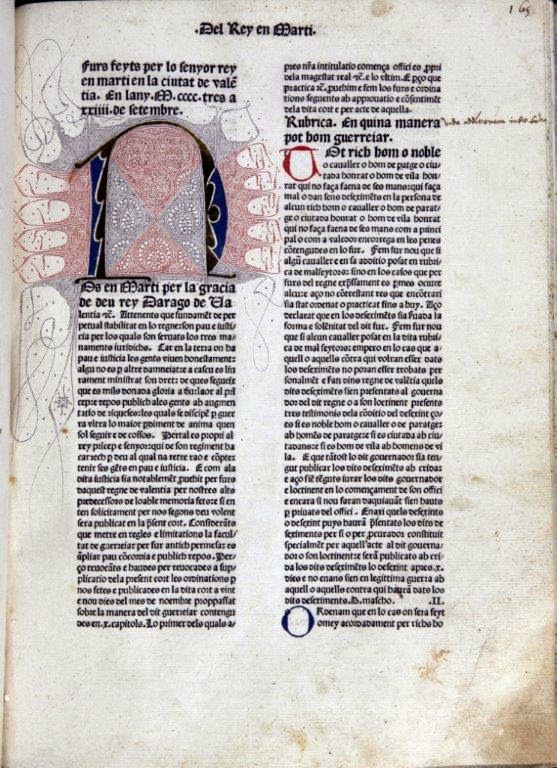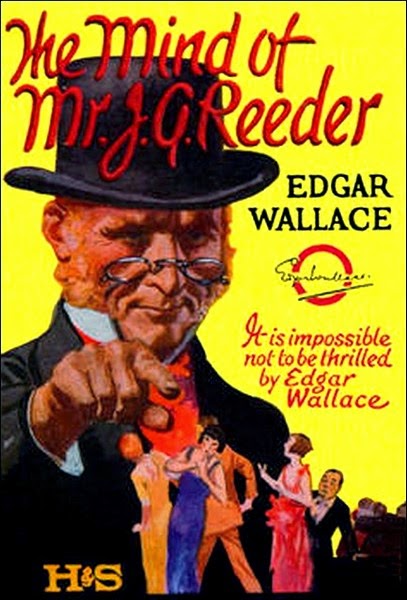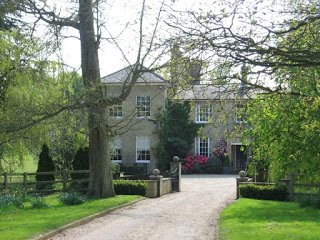
|
| Mitford's vicarage at Benhall |
That’s what Charles Lamb called this literary odd job man, who was a cousin of the essayist Mary Russell Mitford, and who wrote of a visit to Lamb at his home in Islington in the Gentleman’s Magazine, which he edited for seventeen years; he was also editor of Gray and Goldsmith, and collected manuscripts ,old books, paintings and Chinese ceramics. He was a gifted cricketer too, a passionate gardener, and in any spare time left to him, he managed to squeeze in a bit of preaching in his parish of Benhall, near Saxmundham in Suffolk.
Here we have a tiny letter from Mitford, in miniscule handwriting, dated July 5th 1848 and addressed to an unnamed correspondent—probably the editor of a magazine, for Mitford was a prolific writer of articles. At this time Mitford himself was editing the Gentleman’s Magazine. It’s worth transcribing the letter in full as it gives a flavour of what a literary hack of the early nineteenth century got up to, although with the security of a clergyman’s income, Mitford was hardly a typical denizen of Grub Street. The letter relates principally to Mitford’s opinion of a new biography of Oliver Goldsmith.
Continue reading



